Home>Construction & Tools>Building Materials>How Do You Stucco A House


Building Materials
How Do You Stucco A House
Modified: February 18, 2024
Learn the step-by-step process of stuccoing a house using durable building materials. Discover the techniques and materials needed for a successful stucco application.
(Many of the links in this article redirect to a specific reviewed product. Your purchase of these products through affiliate links helps to generate commission for Storables.com, at no extra cost. Learn more)
Introduction
So, you've decided to give your house a fresh, new look, and you're considering stucco as the perfect choice. Stucco is a durable, versatile, and aesthetically pleasing material that can transform the appearance of any home. Whether you're aiming for a modern, sleek finish or a more traditional, textured look, stucco can easily adapt to your vision.
In this comprehensive guide, we'll delve into the art of stucco application, covering everything from understanding the material to the step-by-step process of stuccoing a house. By the end of this journey, you'll have a profound understanding of how to stucco a house and the satisfaction of knowing you can tackle this project with confidence.
Are you ready to embark on this stucco adventure? Let's dive in and explore the world of stucco together.
Key Takeaways:
- Stucco is a durable, versatile, and visually appealing building material that can transform the exterior of any home, offering exceptional longevity and adaptability to various climates and styles.
- Meticulous surface preparation, precise stucco mixture, and careful application techniques are crucial for achieving a professional-quality stucco finish that enhances the beauty and durability of a home’s exterior.
Read more: What Is A Stucco House
Understanding Stucco
Before delving into the application process, it’s essential to grasp the fundamentals of stucco. Stucco is a time-honored building material that has been used for centuries, renowned for its durability and versatility. Composed of cement, lime, sand, and water, stucco forms a robust, weather-resistant exterior coating for buildings. Its composition allows for breathability, making it an excellent choice for various climates.
Stucco comes in different textures, ranging from smooth to coarse, and can be tinted to achieve a spectrum of colors. This adaptability makes stucco a popular choice for homeowners seeking a customized and visually appealing exterior finish.
Furthermore, stucco offers exceptional longevity, often lasting for decades with minimal maintenance. Its ability to withstand the elements, including extreme temperatures and moisture, makes it a reliable and cost-effective option for enhancing the exterior of a home.
Understanding the characteristics and benefits of stucco is crucial before proceeding with the application process. By familiarizing yourself with the nature of stucco, you can make informed decisions and ensure a successful outcome for your stucco project.
Preparing the Surface
Proper surface preparation is paramount when it comes to applying stucco. The surface must be clean, structurally sound, and free of any contaminants that could hinder the stucco’s adhesion. Here’s a step-by-step guide to preparing the surface for stucco application:
- Inspecting the Surface: Begin by carefully examining the surface to identify any existing damage, such as cracks or deteriorated areas. Addressing these issues beforehand is crucial to ensure a uniform and durable stucco finish.
- Repairing Damage: Repair any cracks or imperfections in the surface using suitable patching materials. It’s essential to allow ample time for these repairs to cure before proceeding with the stucco application.
- Cleaning the Surface: Thoroughly clean the surface to remove dirt, debris, and any other substances that could compromise the stucco’s bond. Pressure washing is often employed to achieve a pristine surface, free of contaminants.
- Application of Bonding Agent: Applying a bonding agent to the clean, dry surface enhances the adhesion of the stucco. The bonding agent acts as a bridge between the substrate and the stucco, promoting a strong and lasting bond.
- Protecting Adjacent Surfaces: Take measures to protect adjacent surfaces, such as windows, doors, and landscaping, from the stucco application process. Covering these areas with protective materials will prevent inadvertent damage.
By meticulously preparing the surface, you set the stage for a successful stucco application. This diligent approach ensures that the stucco adheres properly and maintains its integrity over time, providing a resilient and visually appealing exterior finish for your home.
Mixing the Stucco
Creating the perfect stucco mixture is a crucial step in the stucco application process. The proper mixture ensures that the stucco adheres effectively, achieves the desired texture, and delivers optimal strength. Here’s a detailed guide to mixing stucco:
- Gathering Materials: Before mixing the stucco, gather the necessary materials, including Portland cement, hydrated lime, sand, and water. It’s essential to use high-quality materials to ensure the durability and longevity of the stucco finish.
- Measuring the Ingredients: Accurately measure the ingredients based on the desired stucco mix ratio. The typical ratio for a standard stucco mixture is 1 part cement, 1/4 to 1/2 part lime, and 3 to 4 parts sand, though variations may be suitable for specific applications.
- Blending the Dry Ingredients: Combine the dry ingredients in a large mixing container, ensuring thorough integration. Use a shovel or hoe to blend the materials evenly, creating a uniform mixture free of clumps or inconsistencies.
- Adding Water: Gradually add water to the dry mixture while continuously blending. The goal is to achieve a workable consistency that allows for easy application and shaping. It’s crucial to avoid overwatering, as excessive moisture can compromise the stucco’s strength and adhesion.
- Testing the Consistency: Test the stucco mixture’s consistency by performing a slump test. The stucco should hold its shape when formed into a ball and then released. Adjust the mixture as needed to achieve the ideal workability.
Mastering the art of mixing stucco is essential for achieving a high-quality finish. By meticulously measuring and blending the ingredients, you can create a stucco mixture that facilitates a seamless application process and yields a durable, visually appealing exterior for your home.
Before applying stucco to a house, make sure the surface is clean, free of debris, and properly prepared with a wire mesh and a bonding agent for better adhesion.
Applying the Stucco
With the surface prepared and the stucco mixture perfected, it’s time to embark on the application process. Applying stucco requires precision, patience, and a systematic approach to ensure a flawless finish. Here’s a comprehensive guide to applying stucco:
- Initial Moistening: Before applying the stucco, dampen the surface with water. This step prevents the substrate from absorbing moisture from the stucco too rapidly, promoting better adhesion and curing.
- Applying the Scratch Coat: Begin by applying the scratch coat, also known as the base coat, to the prepared surface. Use a trowel to spread the stucco mixture evenly, creating a layer with a thickness of around 3/8 to 1/2 inch. The scratch coat provides a textured surface for the subsequent coats to adhere to.
- Creating Control Joints: While the scratch coat is still workable, create control joints using a trowel or a jointing tool. These joints help control cracking and promote the overall structural integrity of the stucco finish.
- Applying the Brown Coat: Once the scratch coat has sufficiently cured, typically after 48 to 72 hours, apply the brown coat. This coat is similar to the scratch coat but is applied more smoothly, preparing the surface for the final finish coat.
- Texturing the Surface: Before the brown coat sets, texture the surface to achieve the desired aesthetic. Various techniques, such as swirling, stippling, or combing, can be employed to create different textures and patterns.
- Applying the Finish Coat: The final step involves applying the finish coat, which contributes to the stucco’s visual appeal and weather resistance. This coat is typically thinner than the previous coats and can be tinted to achieve the desired color.
By meticulously following these steps and techniques, you can achieve a professional-quality stucco finish that enhances the beauty and durability of your home’s exterior.
Read more: How Do You Clean Exterior Stucco
Finishing Touches
As the stucco application nears completion, attention to detail and the execution of finishing touches are essential to ensure a polished and enduring result. Here are the crucial finishing touches that elevate the stucco application process:
- Curing the Stucco: After the stucco is applied, it’s essential to facilitate proper curing. This involves keeping the stucco moist, typically through misting, for several days to promote optimal strength and minimize cracking.
- Applying a Sealer: Once the stucco has fully cured, consider applying a high-quality sealer to enhance its water resistance and protect it from the elements. The sealer also contributes to the stucco’s longevity and facilitates easier maintenance.
- Inspecting for Imperfections: Thoroughly inspect the stucco surface for any imperfections, such as uneven textures or blemishes. Addressing these issues promptly ensures a visually appealing and uniform finish.
- Adding Decorative Elements: If desired, incorporate decorative elements into the stucco finish, such as architectural details or embedded designs. These elements can add character and uniqueness to the exterior of your home.
- Maintaining the Stucco: Establish a maintenance routine to preserve the stucco’s appearance and integrity. This may include periodic cleaning, minor repairs, and reapplication of sealant as needed.
By attending to these finishing touches, you can elevate the stucco application process from functional to exceptional, resulting in a striking and enduring exterior finish for your home. The meticulous execution of these final steps ensures that your stucco investment continues to enhance your home’s curb appeal for years to come.
Conclusion
Congratulations! You’ve now journeyed through the art of stucco application, gaining a comprehensive understanding of the process from preparation to finishing touches. By mastering the techniques and considerations involved in stucco application, you are equipped to transform the exterior of your home with a durable, visually appealing finish.
Stucco is not merely a building material; it’s a timeless expression of craftsmanship and artistry that can breathe new life into any home. Its versatility, longevity, and aesthetic adaptability make it a standout choice for homeowners seeking to enhance their property’s curb appeal and structural integrity.
As you embark on your stucco project, remember the importance of meticulous preparation, precision in mixing and application, and the thoughtful execution of finishing touches. Each step contributes to the creation of a stucco finish that not only withstands the test of time but also elevates the overall allure of your home.
Embrace the journey of stucco application with confidence, knowing that you have the knowledge and insight to achieve a remarkable outcome. Whether you opt for a smooth, modern finish or a textured, rustic aesthetic, the art of stucco application allows you to infuse your personal style and creativity into the exterior of your home.
Now, armed with this newfound expertise, it’s time to embark on your stucco adventure and witness the transformative power of this exceptional building material. Your home is on the brink of a remarkable makeover, and the enduring beauty of stucco awaits.
Frequently Asked Questions about How Do You Stucco A House
Was this page helpful?
At Storables.com, we guarantee accurate and reliable information. Our content, validated by Expert Board Contributors, is crafted following stringent Editorial Policies. We're committed to providing you with well-researched, expert-backed insights for all your informational needs.
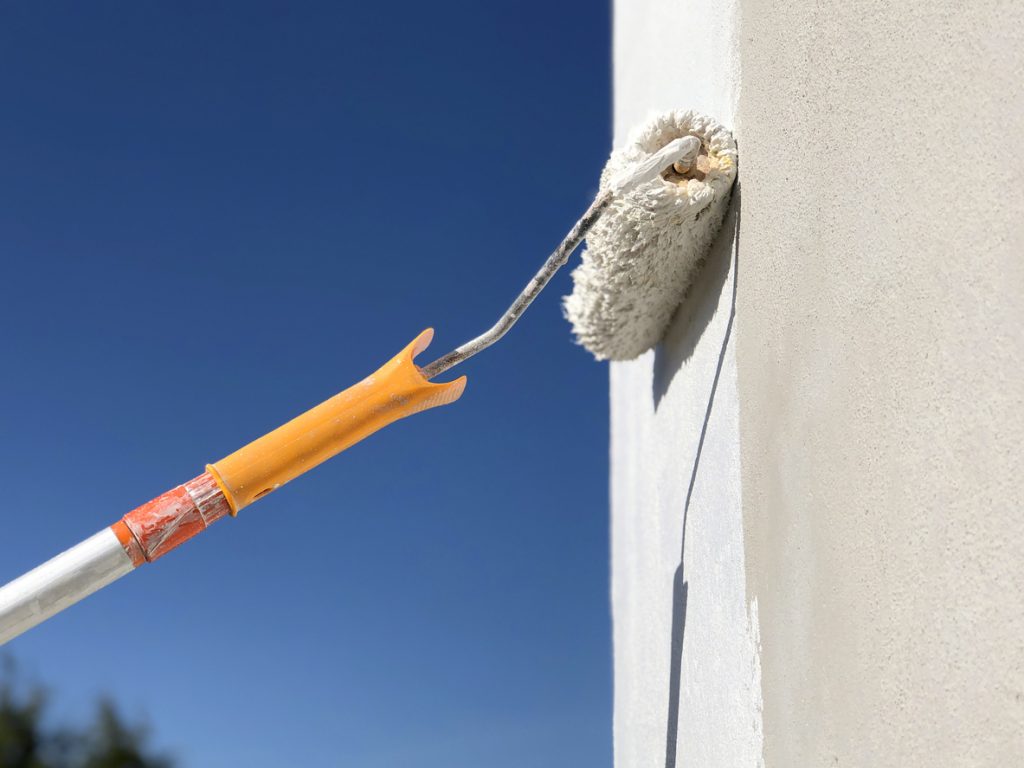
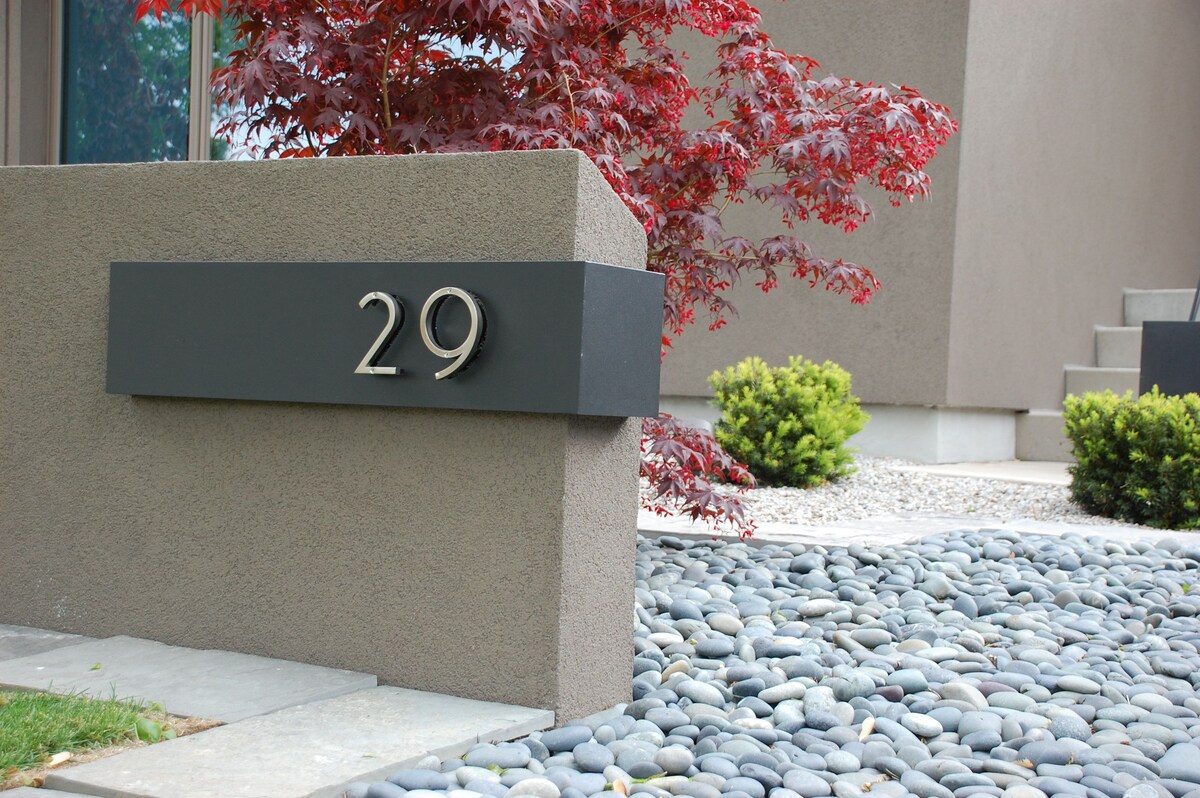
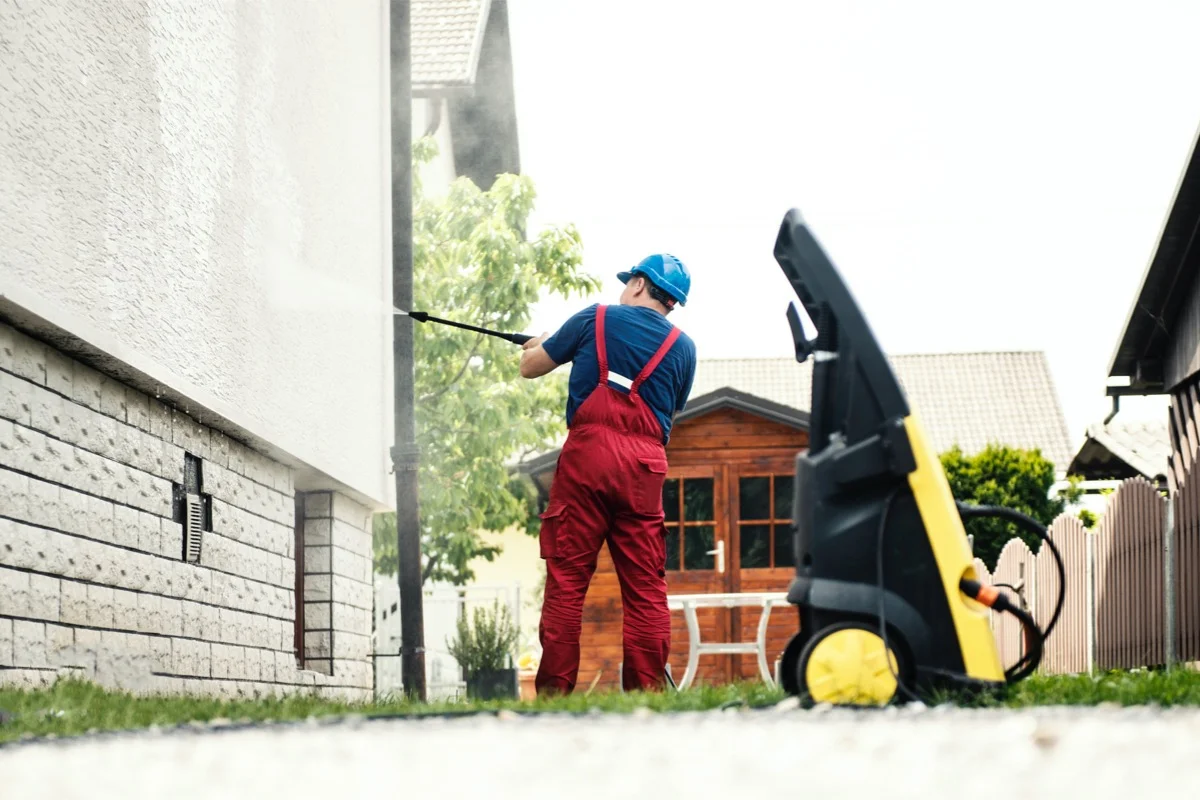
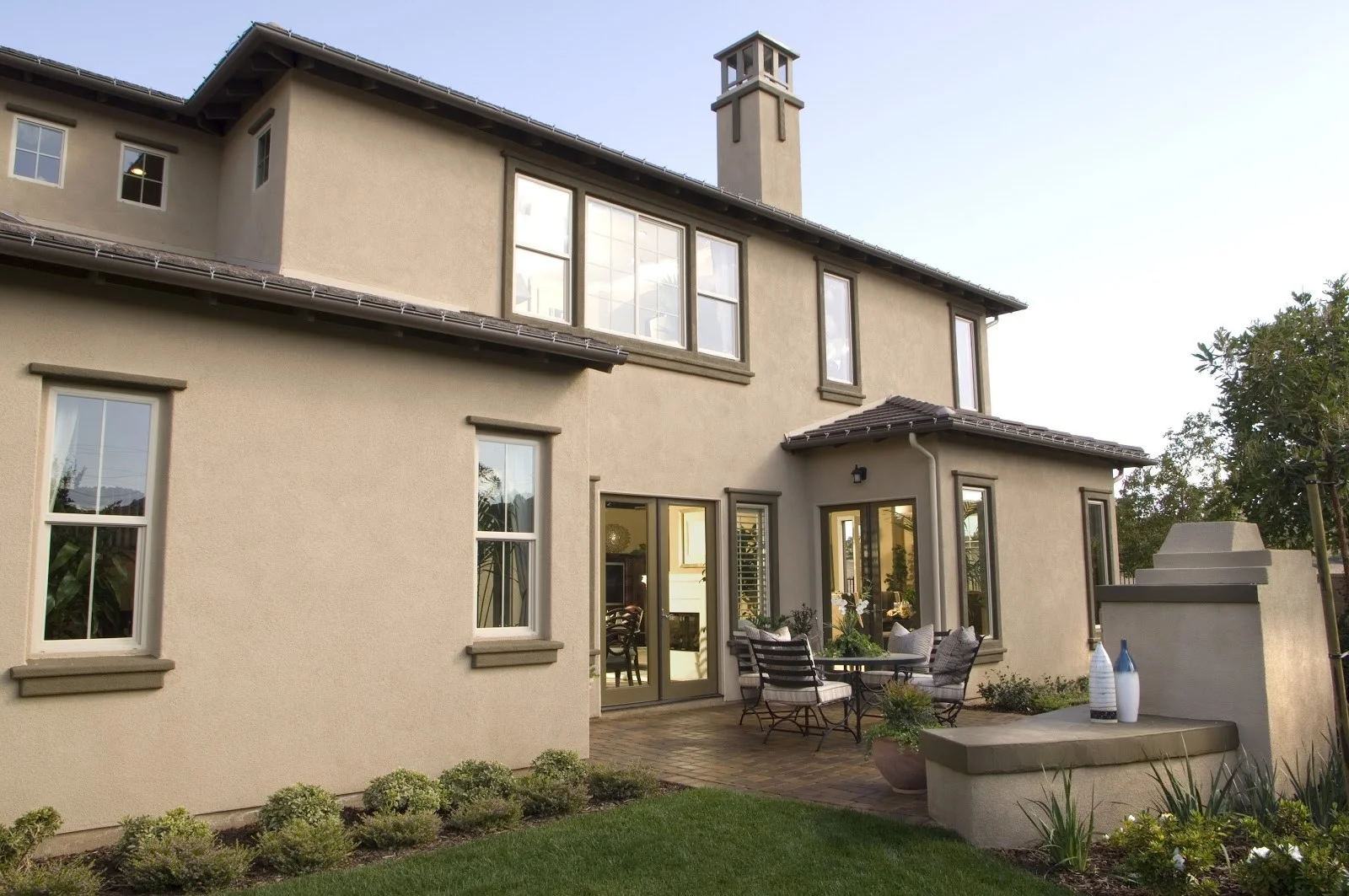

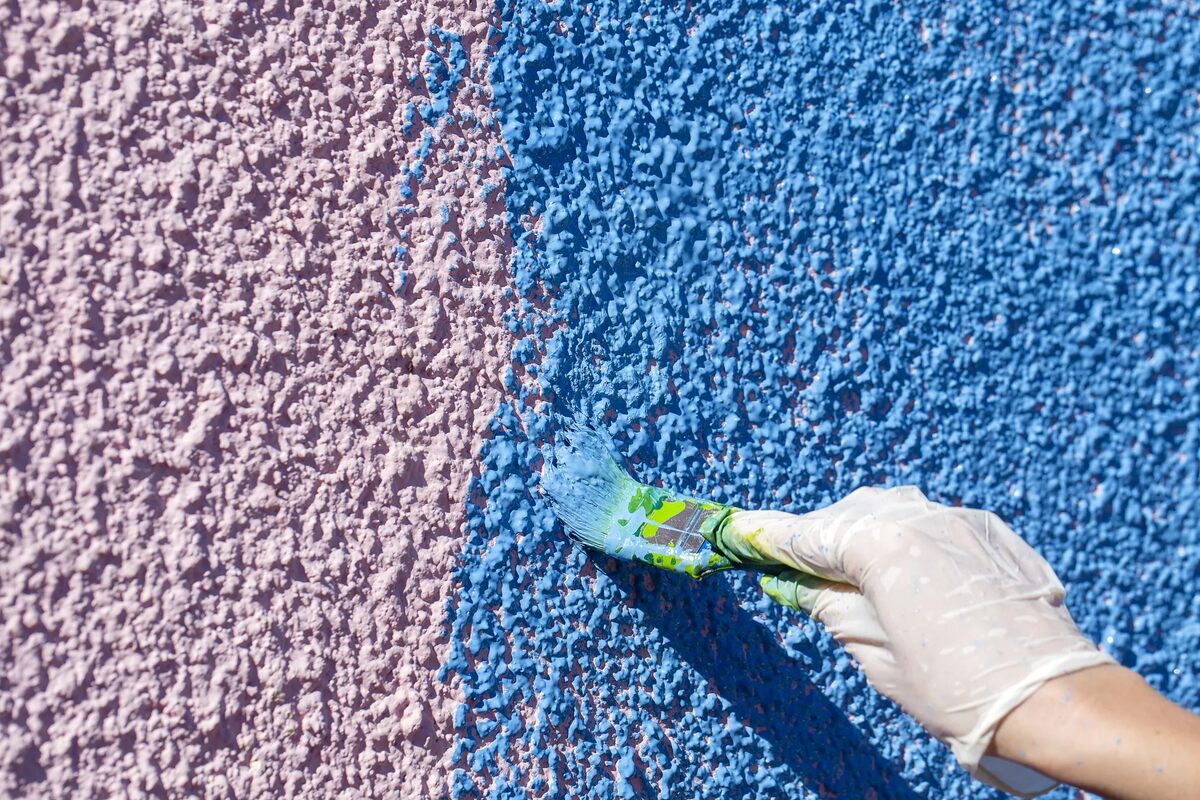
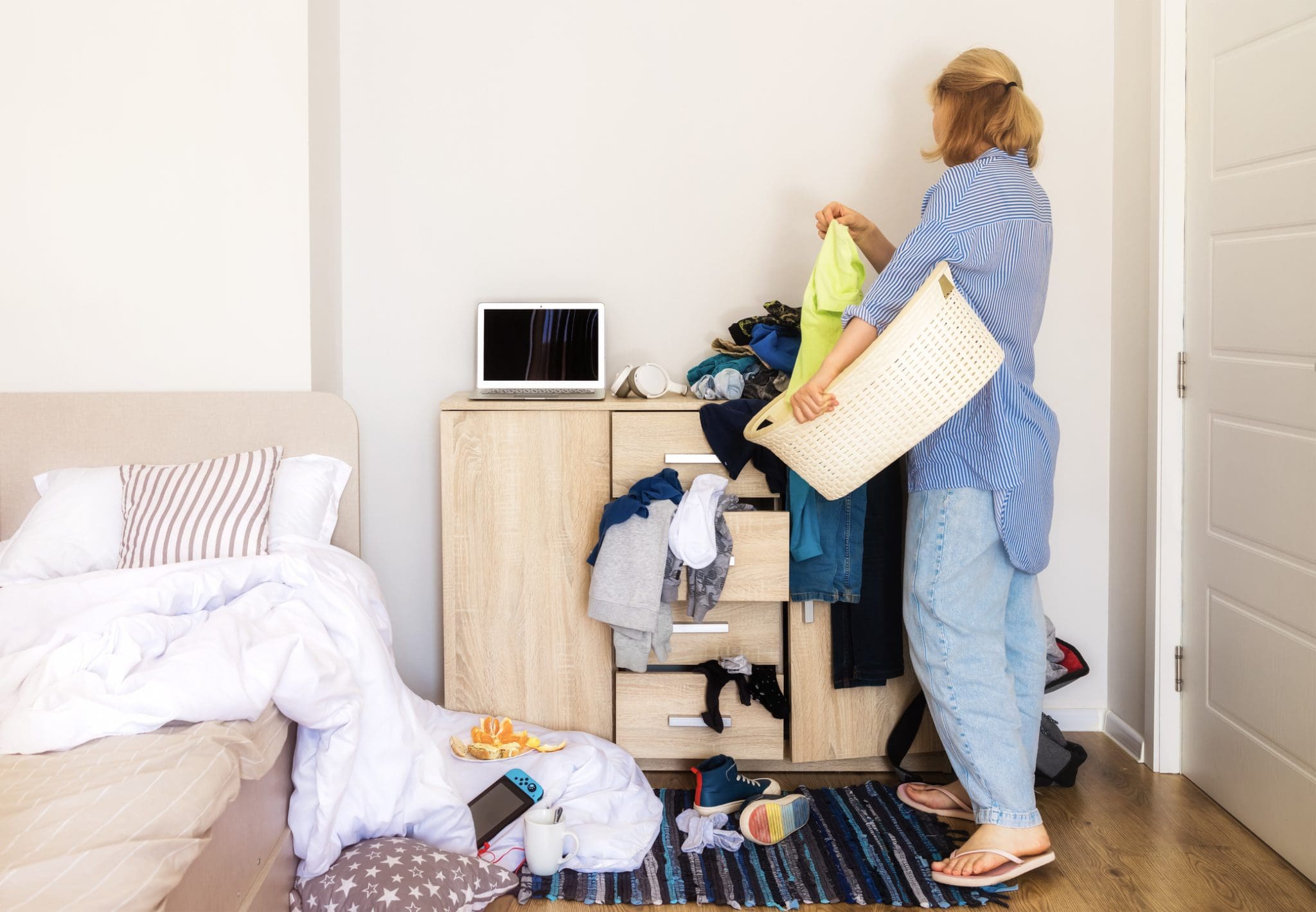
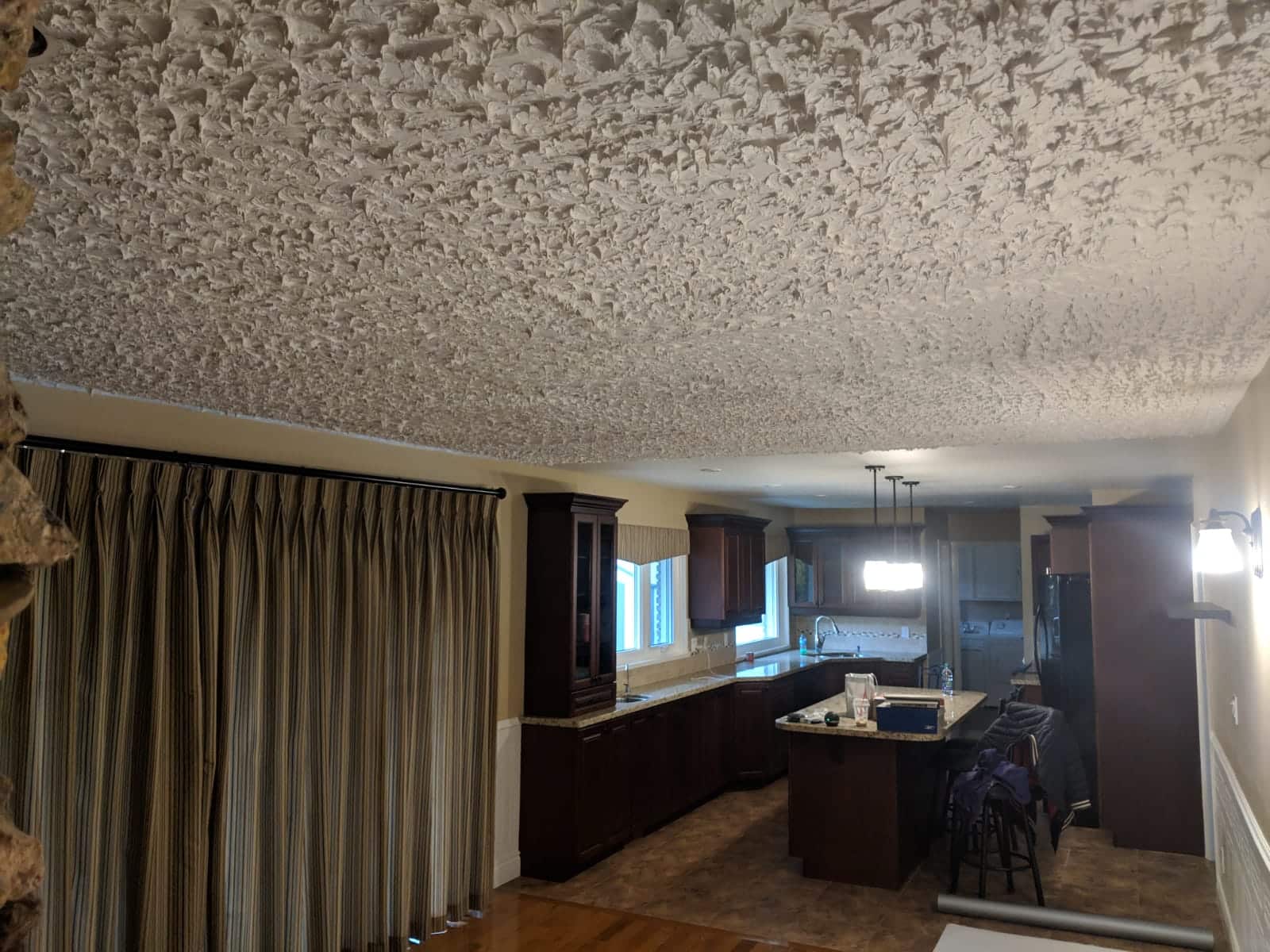

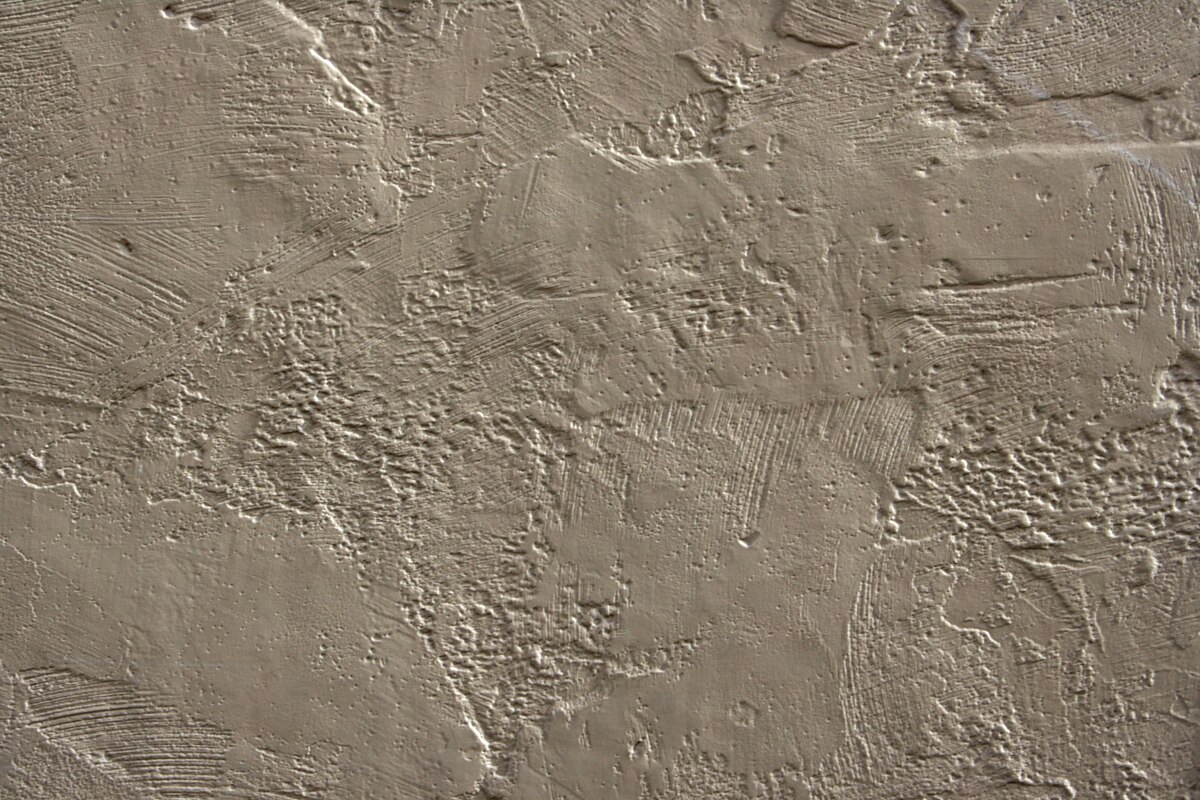

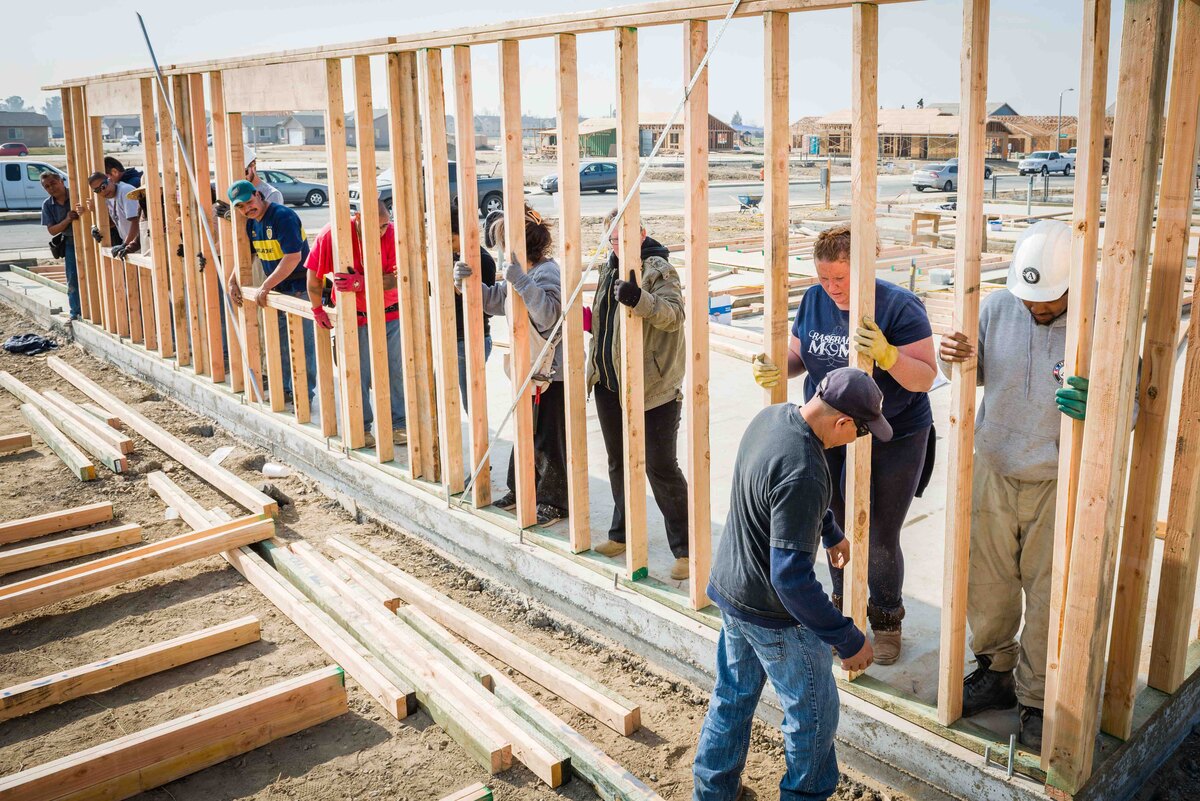
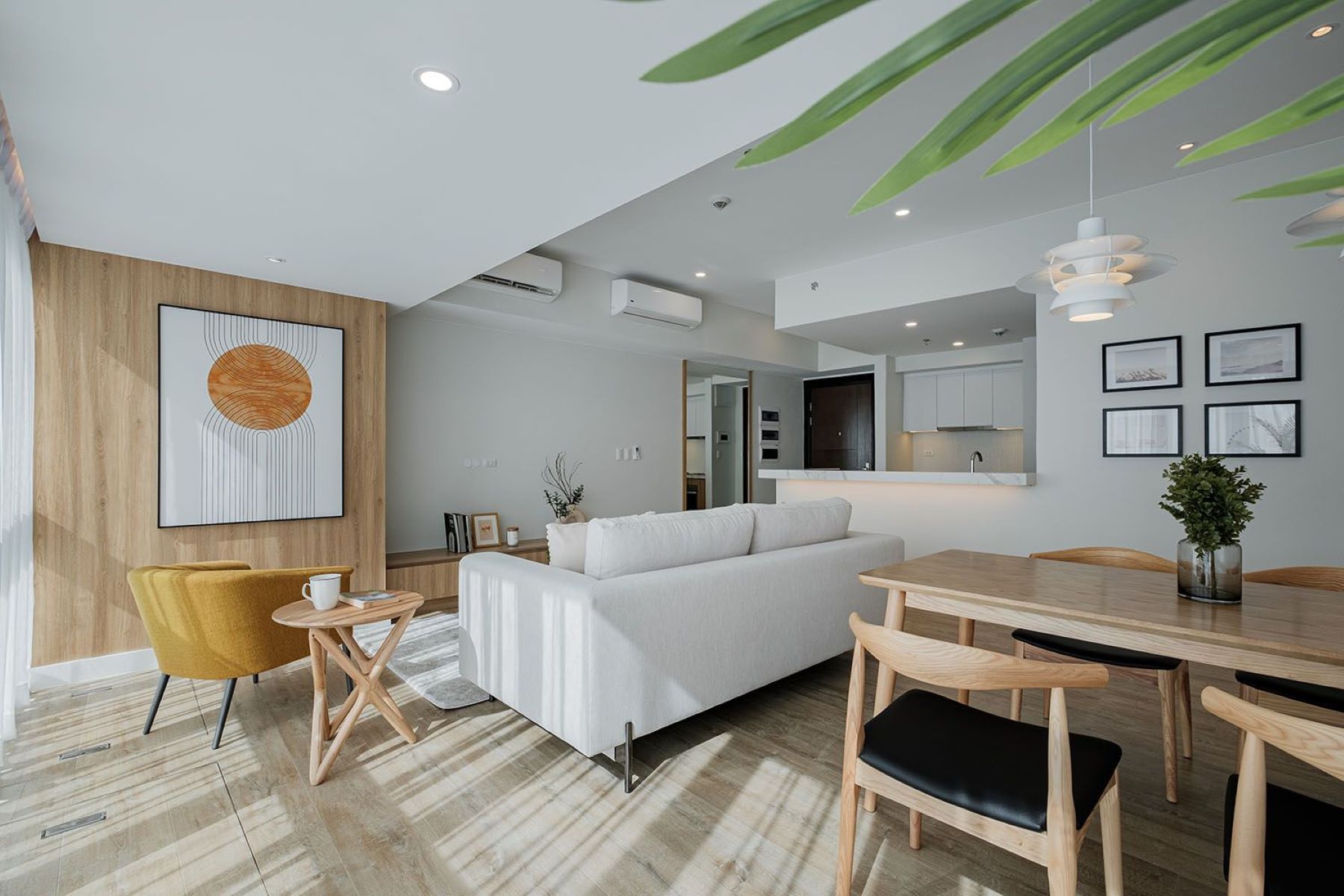
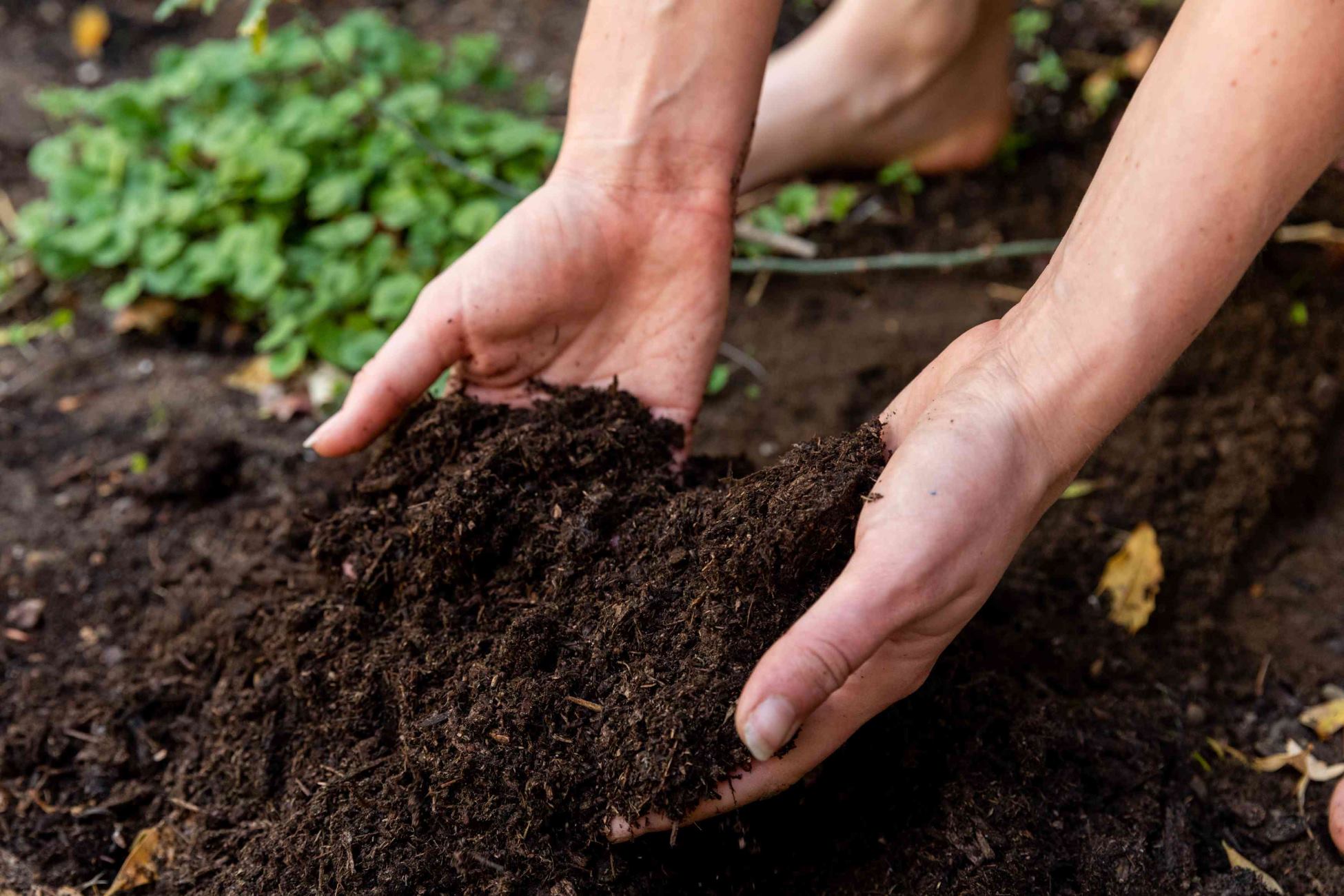

0 thoughts on “How Do You Stucco A House”